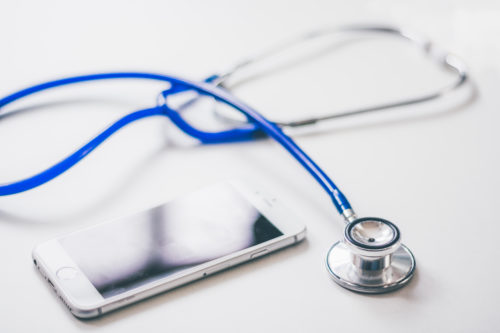There has been a huge push in policy circles to speed innovation in medicine which is manifest in several initiatives, including most notably the 21st Century Cures Act implementation. But it would be a mistake to assess the quickening pace of innovation solely through the lens of policy. Rather, it is due to a number of factors and represents an integration of medical practice that has the potential for significantly changing the way we are medically treated. Progress in digital technology, communications and medicine are all converging to make a whole new medical care landscape.
For example, what happens when a sensor that one can purchase as a consumer is able to monitor liver function or read the cholesterol level of the wearer? There have been multiple attempts to take statins from prescription status to over-the-counter, allowing consumers to purchase them like allergy medication rather than go to the doctor. But the premise for an over-the-counter switch of medication is that a consumer must be able to take the medication safely without the presence of a learned intermediary (a doctor). Ultimately those switch attempts were not successful because the patient could not monitor liver function or self-diagnose the high cholesterol. The emergence of such a commercially available sensor would change the equation considerably in any new evaluation of a switch.
That is but one, simple example. But the potential for change is quite large and clearly FDA is connecting the dots between technology and medicine. In September, FDA announced approval of a mobile medical application to treat substance abuse, the first time an app would be a prescriptive treatment. Also in September, FDA selected participants for a precertification program for new digital health software. In October, Commissioner Gottlieb issued a statement on new steps to advance medical device innovation as part of the Medical Innovation Access Plan to help patients gain faster access to new technologies and the agency issued a draft guidance on the breakthrough devices program. And in November Gottlieb issued another statement on streamlining development of consumer tests that evaluate genetic health risks.
The number of apps available in healthcare is prolific. Your phone used to make phone calls, now it takes your blood pressure and reports the readings to your doctor.
This week FDA announced the approval of an existing prescription medication with a sensor that works to track patient adherence in taking the medication. The sensor works by sending a message to a wearable patch, which then transmits the information to an app on a smart phone that can be monitored by the patient, his/her caregiver and which allows a physician to access the information using a web-based portal. It is a combination not only of the physical – the medication, the sensor, the patch – with the digital, the mobile app, and allowing Internet based monitoring. While prior this treatment involved the ingestion of a pill, it now involves a multi-faceted system. We have entered an age where a medicine may no longer be just a medicine.
The future belongs to innovation but perhaps those who only innovate in their particular category – device, pharmaceutical or digital app – will have to make room for those who envision the potential for advancement when the different categories are integrated. And meanwhile, FDA is clearing a path for them.


